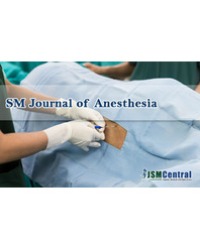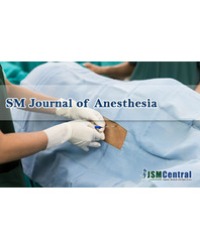
Anesthetic Experiences in New Borns with Gaint Ovarian Cysts: Case Reports
The detection rate of neonatal ovarian cysts increased since routine antenatal ultrasound has been implemented. These cysts are generally asymptomatic during prenatal and antenatal period, they often regress spontaneously, and it was reported that big ones which have diameter larger than 4-5 cm have the risk of ovarian necrosis due to torsion, urinary tract compression, vena cava compression and cyst rupture.
Treatment with laparoscopic surgery have advantages such as better cosmetic outcomes, less fluid and heat loss, fast recovery and less postoperative pain.
Newborns have some specific features of anesthetic management because of their specific physiological features. We aimed to present of anesthetic experiences in newborns with giant ovarian cysts who were treated with laparoscopic surgery.
Hatice Toprak¹*, Eyup Aydogan¹, Ibrahim Akkoyun², and Sadık Ozmen³

